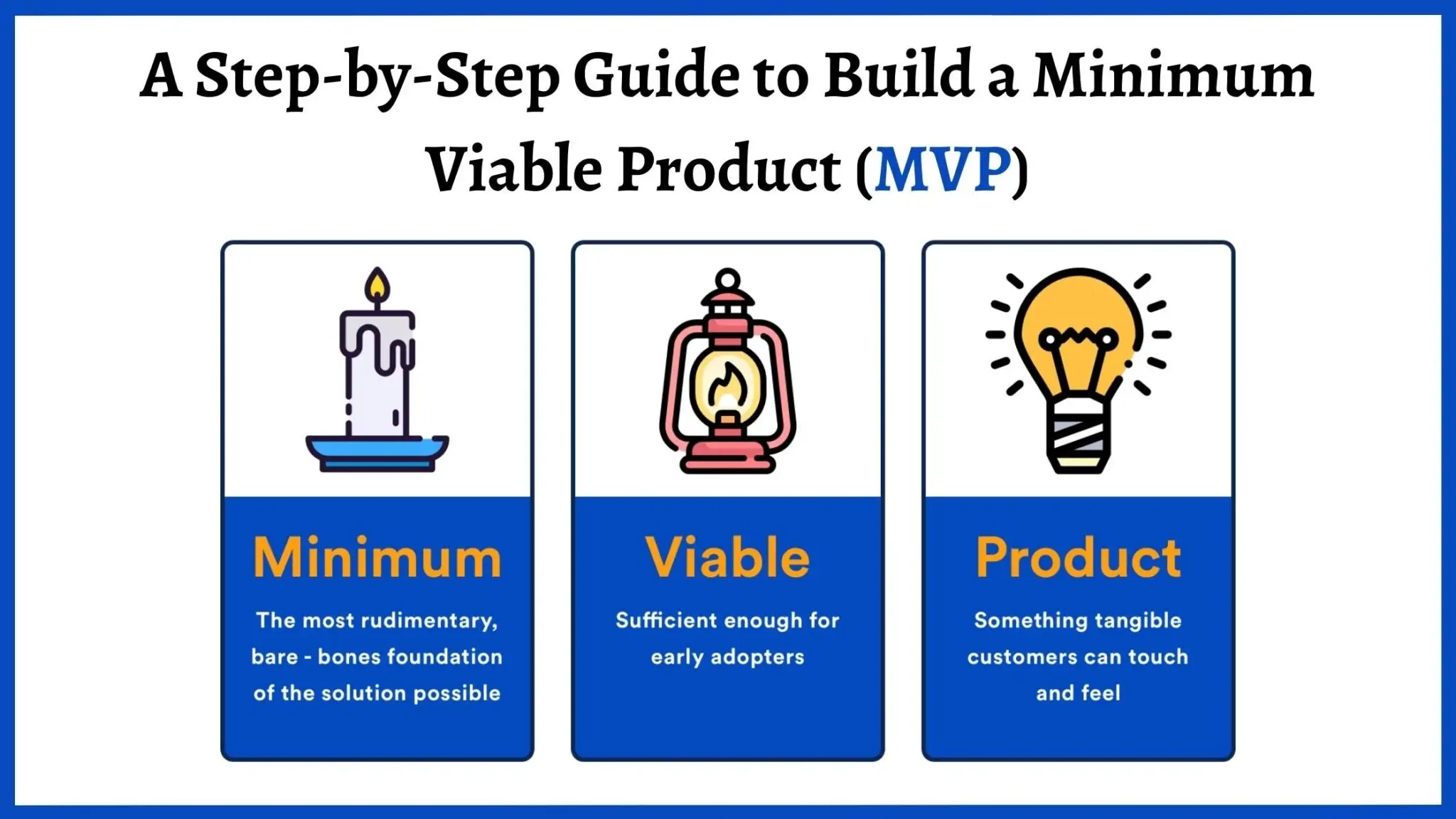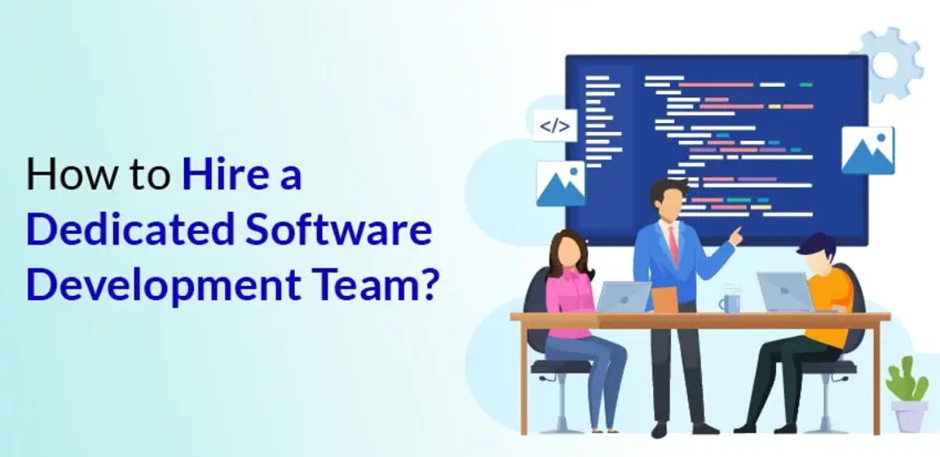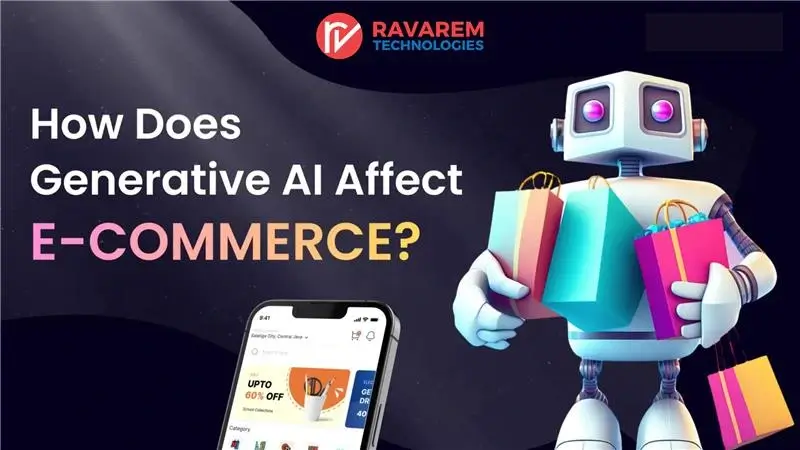3 Steps to Build a Successful MVP (Minimum Viable Product)

Table of Contents
What is an MVP?
Before we dive into the benefits of an MVP and how to build an MVP, I wanted to startup off with a quick definition of MVP.
A Minimum Viable Product (MVP) is exactly what it says on the tin: the simplest version of your product with just enough features to validate your value proposition.
The MVP is the minimum effort to test if your target market will actually adopt your product.
It’s a simple but extremely effective methodology.
Benefits of Building an MVP
In today’s business landscape, releasing your product quickly and within budget is a prerequisite to a startup’s success.
Building an MVP has become the de facto process as it allows you to save time & money whilst reducing your risks.
Here’s how building an MVP can benefit you:
User-Centric Development
Building an MVP forces you to be hyper-focused on solving your users’ key problem.
Rapid Testing
The quicker you can test your assumptions the quicker you can get to market. Not only this but you will save a considerable amount of energy by using the MVP methodology.
Reduced Costs
It goes without saying that building part of a product, with only the absolutely essential features, is considerably cheaper than building an all singing all dancing version.
When it comes to building something new you will always be involving other people. From friends & family to investors and other players in your chosen market.
The point is, you build an MVP to test the waters. That way if your product fails it will fail quickly — without spending too much money.
The alternative is pouring any and all budget you have into a product that fails in a year’s time anyway — no one wants to be this founder.
Reduced Effort
I’ve seen firsthand entrepreneurs exhausted after giving all of their energy to a full-featured product. If they miss their mark, and the product lacks any kind of adoption, it drains all inspiration from them — leaving them to never want to go down the entrepreneurial path ever again. Using the MVP approach allows you to test the market months before this exhaustion can set in and uninspire you.
It Beats the Alternative
The alternative is known as the Waterfall Model — building a fully-featured product before validating if people will use your solution. This is what big corporations and traditional consultants do.
How to Build an MVP: The Process in 3 Steps
This three-step process intends to help you decide:
- Whether or not you should build your startup
- If you should, Which features should be built into your MVP (Minimum Viable Product)
The three steps are:
- Find your MVP’s Value Proposition
- Set the Main Assumptions That You Need to Validate
- Define the Shortest Way to Validate Your Assumptions
Step One: Find your MVP’s Value Proposition
You don’t want to dedicate months of your life building something useless. You should start by asking:
Is this product really relevant to my target?
This is a critical question when building an MVP; you need to answer it asap.
This structured process will ensure you nail your value proposition and complete the first step in building a successful MVP:
- What is the problem/pain you’re trying to solve with your product?
- What is your MVP’s Value Proposition?
- Who is the main target?
Get to know them in terms of demographics, psychology and behaviour in the observed context. Eventually, build UX Personas. - How does each target stakeholder deal with the problem today?
Carry out a competitor benchmark. - Why is your MVP better than the current solution? What differentiates you from the alternatives/your existing competition?
- What is your Pitch?
It’s been created for ____ (your stakeholders) who ____ (state their problem). ____ (name of your product) is a_____ (a statement of its key benefit/solution). Unlike ____ (the current solution) we ____ (say what differentiates you from the alternatives/your existing competition).
If any aspect of your pitch is unclear, go back to step one.
Step Two: Set the Main Assumptions That You Need to Validate
Let’s remember the purpose of this process:
- To decide if you should build an MVP or not based on your business idea.
- And, if you should build an MVP, to decide which features should be built into your MVP.
Taking into consideration the pitch:
- What are the main assumptions from your Pitch?
What are the relevant assumptions required for your MVP to be meaningful? We should, in this step, deconstruct all the relevant statements from the Value Proposition & Pitch. - From these assumptions which are already validated?
Part of the listed assumptions can be validated with research. Researching the assumptions surrounding your MVP is much quicker than testing them. - From these assumptions, which ones do we need to validate and which are the KPIs?
From the assumptions that are not proved and need to be tested with an MVP, what are the metrics to measure them.
Step Three : Define the Shortest Way to Validate Your Assumptions
This step is intended to squeeze your first sprint feature list down to the juice nectar.
But before picking the features there is a consideration that must be made:
Is it possible to build an MVP that is non-functional, but faster to implement, cheaper to build and good enough to test your main assumptions?
If building a non-functional MVP isn’t the best approach to test your market, the best way to decide which features to build into your MVP is to prioritise them.
Building a successful MVP relies, in part on strategy & analysis.
However, more important than either of those things is the business vision behind the solution you’re creating.
Keep your user at the forefront of your mind, and deliver value at every possible moment and you will be well on the way to launching a successful Minimum Viable Product.
Good luck & thanks for reading.




